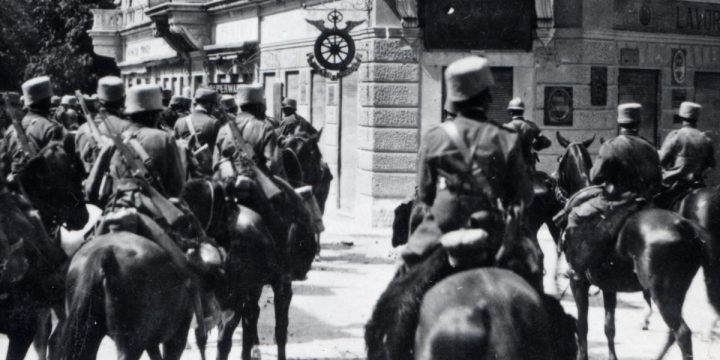

The pursuing French and British armies ultimately clashed with the Germans at this spot, resulting in the Battle of the Aisne. The Battle of the Marne was a victory for the Allies, marking the ultimate failure of the German Schlieffen Plan to reach Paris. The Germans eventually stopped their retreat north of the Aisne River, where they dug in, constructing trenches. Though historians have recently challenged the veracity of the battle’s taxicabs, the story’s impact on French morale was undeniable. Thus, the reinforced Allies held their ground against German counterattacks and drove them into a retreat. The Germans still hoped to defeat the Allies, but the French were reinforced on the night of September 7 by 10,000 reserve infantry ferried from Paris, including about 3,000 men from the Seventh Army transported by six hundred taxicabs requisitioned by French generals in Paris. While engaging the Sixth Army, the German forces ignored the attacks from a combined British Expeditionary Force (BEF) and the French Fifth Army advancing from the south, opening a 30 mile gap in the German lines. Following the French army’s “Great Retreat” towards Paris, French Marshal Joseph Joffre ordered the French Sixth Army to advance. This page uses Creative Commons Licensed content from Wikipedia ( view authors).The Battle of the Marne (September 5-12, 1914) marked the end of the German advance into France from Belgium.

Italiano, 1916: Addestramento della fanteria al combattimento. Boroević, S., 1923: O vojni proti Italiji (prevod iz nemškega jezika).Bauer, E., 1985: Der Lowe vom Isonzo, Feldmarschall Svetozar Boroević de Bojna.
#The battle of the isonzo pro#
Pro Hereditate - extensive site (in En/It/Sl).The Foundation preserves, restores and presents the historical and cultural heritage of the First World War in the area of the Isonzo Front for the study, tourist and educational purposes. The Walks of Peace in the Soča Region Foundation.↑ FirstWorldWar.Com: The Battles of the Isonzo, 1915-17.Twelfth Battle of the Isonzo - 24 October–7 November 1917 also known as the Battle of Caporetto.Eleventh Battle of the Isonzo - 19 August–12 September 1917.Tenth Battle of the Isonzo - 12 May–8 June 1917.

Ninth Battle of the Isonzo - 1 November–4 November 1916.Eighth Battle of the Isonzo - 10 October–12 October 1916.Seventh Battle of the Isonzo - 14 September–17 September 1916.Sixth Battle of the Isonzo - 6 August–17 August 1916.Fifth Battle of the Isonzo - 9 March–17 March 1916.Fourth Battle of the Isonzo - 10 November–2 December 1915.Second Battle of the Isonzo - 18 July–3 August 1915.First Battle of the Isonzo - 23 June–7 July 1915.The lull in action lasted barely two weeks after which the Italian offensive started anew. This battle showed Boroević's tactical brilliance despite the limited scope of the campaign. Thanks to the low profile held by Boroević's forces, the Austrians were able to hold their positions with heavy casualties, inferior however to those of the Italians. The plateau near San Michele was the scene of heavy attacks and counterattacks involving the Italian Third Army and Austro-Hungarian reinforcements from the Eastern and Balkan fronts under the command of Svetozar Boroević both sides suffering heavy casualties. Thanks to extensive artillery barrages, the Italians were able to advance to Plave (Plava in Italian) near Kanal ob Soči, beneath the southern end of the Banjšice Plateau (Bainsizza), and on Mount San Michele on the Kras plateau in an attempt to outflank those forces defending Gorizia. The Austro-Hungarians took advantage of the relatively small areas of attack to concentrate their firepower on those areas. Cadorna's tactic, of deploying his forces evenly along the entire Soča (Isonzo), proved indecisive. The main objectives were to take the Austro-Hungarian bridgeheads at Bovec (Plezzo in Italian) and Tolmin, if possible the town of Gorizia. After roughly two and a half months of reprieve to recuperate from the casualties incurred from frontal assaults from the First and Second Battle of the Isonzo, Luigi Cadorna, Italian commander-in-chief, understood that artillery played a fundamental role on the front and brought the total number to 1,200 pieces.


 0 kommentar(er)
0 kommentar(er)
